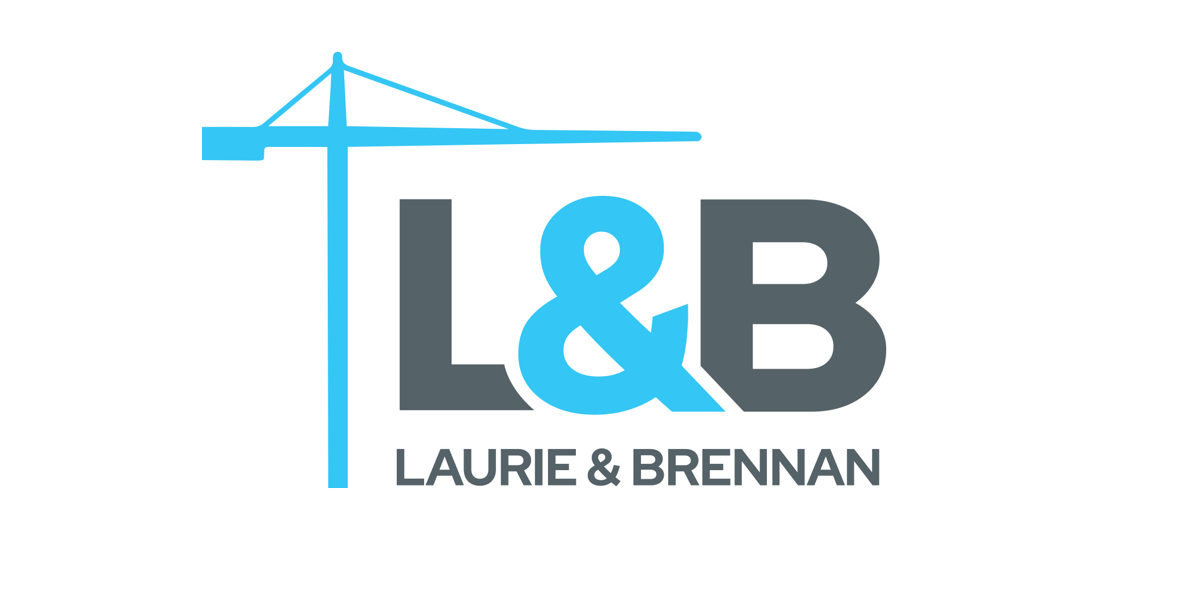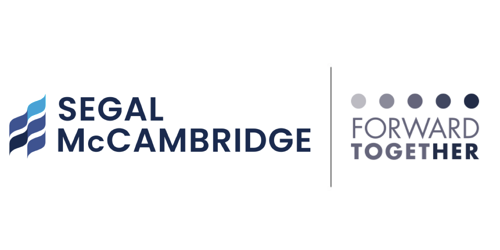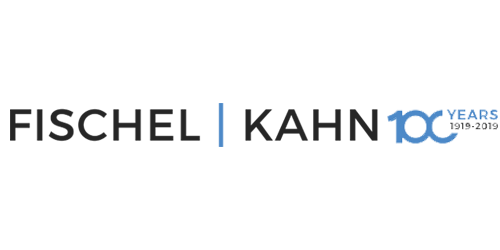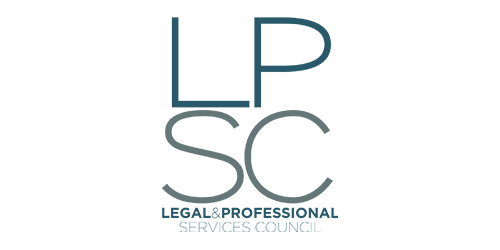Investing Wisely: How to Evaluate Law Firm Sponsorships

Law firm sponsorships require a delicate balancing act of careful consideration and strategic planning. Sponsorships can offer significant benefits, including enhanced exposure, valuable networking opportunities, stronger client relationships and increased community engagement, which can elevate a firm’s profile and contribute to long-term success. However, without thorough evaluation and assessment, sponsorships can quickly lead to wasted resources, missed opportunities and potential harm to the firm’s reputation.
Regardless of whether the sponsorship is a large-scale initiative or a modest endeavor, each opportunity can directly influence how the firm is perceived, both internally by its staff and externally by clients and the broader community.
To ensure a sponsorship is a valuable investment rather than a drain on time and resources that detracts from your firm’s overarching goals, it’s essential to consider several key points during the evaluation process. From defining clear objectives to analyzing the potential return on investment, each factor is crucial in determining whether a sponsorship aligns with your firm’s mission and values. By taking a systematic approach to sponsorship evaluation, firms can make informed decisions that support their strategic vision while fostering meaningful connections within their target markets.
1. Complete a background check
If you are evaluating a sponsorship opportunity your firm has previously participated in, review the current year’s options and benefits against previous years, including any participant feedback and ROI.
If evaluating a new sponsorship opportunity, consider whether the organization or event is legitimate. As “pay- to-play” opportunities increase and spamming techniques become more sophisticated, be sure to thoroughly vet each opportunity by asking the following questions:
- How long has the sponsorship organization existed?
- What is the event or organization’s reputation and reach?
- Do they have a robust website and social media presence?
- Have colleagues within or outside your firm heard of the organization or attended one of their events?
- How are the event and event sponsors promoted?
It is also helpful to schedule a brief screening call with the organization to learn more about the opportunity. Ask about their target audience, previous attendee profiles (e.g., C-Suite or senior level executives, start-ups), former and repeat sponsors and the organization’s mission. If you are still unsure, ask them to send you written, documented information, such as marketing materials.
Key takeaway: Confirm the credibility of the sponsorship offer to ensure your firm uses its time and effort for legitimate, value-add opportunities.
2. Conduct a Fit Assessment
When considering a sponsorship opportunity, it’s essential to evaluate whether it aligns with your firm’s strategic priorities and resources. Use the following criteria to determine if the opportunity is a strong match for your law firm:
- Budget – Does your firm have the budget for the sponsorship level you are interested in, or is it a level that can be realistically negotiated to be within budget? Don’t waste time or resources evaluating a sponsorship that isn’t in line with firm finances.
- Strategic marketing goals – Does the opportunity align with your firm’s overall marketing goals? Determine the opportunity’s stated mission, target audience, audience breakdown and scope of the event or organization.
- Audience profile – Are the backgrounds of the other participants a match for how the firm or practice wants to grow its network and reach? Are any clients or key prospects attending the sponsored event?
Key takeaway: Understand the event’s context and logistics to determine its alignment with the firm’s goals.
3. Assess Branding and Promotional Opportunities
A sponsorship’s value often lies in the visibility and promotional avenues it provides. To make the most of your investment, consider these factors:
- Promotion – How will the firm be promoted? Consider logo placement, signage, event programs, speaking opportunities, networking events or cocktail hours at or following the event, social media promotion as well as email marketing, exhibit booths and post-event recognition.
- Content opportunities – Are there content creation opportunities for your firm, such as articles related to the event? Are they relevant to the firm or participating practice’s goals?
- Exclusivity – Will your firm be the exclusive law firm sponsor? Exclusivity significantly contributes to a law firm’s brand presence. Be sure to check if any competitors will be sponsoring, participating on a panel or attending.
Key takeaway: Identify branding options and promotional reach to maximize the firm’s visibility. Don’t be afraid to negotiate and ask for what you want!
4. Measure ROI: The Bottom Line of Sponsorship Evaluations
Evaluating the return on investment (ROI) for sponsorships goes beyond immediate results. A well-executed sponsorship can create long-term value by strengthening relationships, enhancing brand awareness and showcasing your firm’s capabilities. Here are key considerations for assessing sponsorship ROI:
- Long-term effects – ROI, like relationships and brand awareness, is rarely a “one-hit wonder” and is often built over time.
- Historical data and trend analysis – Assess metrics from prior years along with the current year, if the firm has participated in the same sponsorship before.
- Beyond metrics: sponsorship drivers – Consider unique factors that may impact sponsorship effectiveness beyond standard metrics. This may include community involvement or charitable opportunities, promoting your firm’s new practice area or cross-selling your firm’s capabilities.
- Post-event follow-up – Ensure participating attorneys follow up with contacts and clients post-event and that they have the tools to successfully do so. Post-event actions can include:
- sending a post-event attendees list or leveraging LinkedIn
- calendar reminders regarding outreach to contacts
- providing attorneys with the firm’s latest marketing materials and relevant thought leadership to send to their contacts
- encouraging attorneys to set up a call, coffee or lunch to maintain or grow their network
- Leverage past feedback for future decisions – Feedback from past participation provides valuable insights for informed decision-making. If ROI was negligible last year, for example, is there something that has changed in the offerings or in the firm’s goals this year to make participation more valuable in the future? This could include the opportunity to strengthen client relationships, or enhancing an audience’s awareness and understanding of your brand and thought leadership.
Key takeaway: Sponsorships should be viewed as a long-term investment, not a short-term gain. Focus on building brand awareness and lasting relationships.
5. Make an Informed Recommendation
After thoroughly evaluating the sponsorship opportunity, below are five steps to make a clear, well-supported recommendation.
- Outline the top one or two sponsorship levels that would help your firm best achieve their marketing goals.
- Briefly highlight key points from steps 1-4 above, and include the event date, time and location.
- Bullet point key sponsorship benefits and the associated cost for each sponsorship level.
- Note any areas that can be negotiated along with the decision deadline.
- Suggest the sponsorship level that best aligns with your firm’s goals.
The Power of Strategic Sponsorships
When properly evaluated, law firm sponsorships can provide significant exposure, great networking, enhanced client relationships and improved community engagement. However, without careful consideration, firms may face misallocated resources and lost opportunities. No matter the sponsorship size, each opportunity shapes the firm’s reputation and influences its standing both internally and externally. By assessing these factors diligently prior to committing to a sponsorship, law firms can maximize their potential inside and outside the firm.














